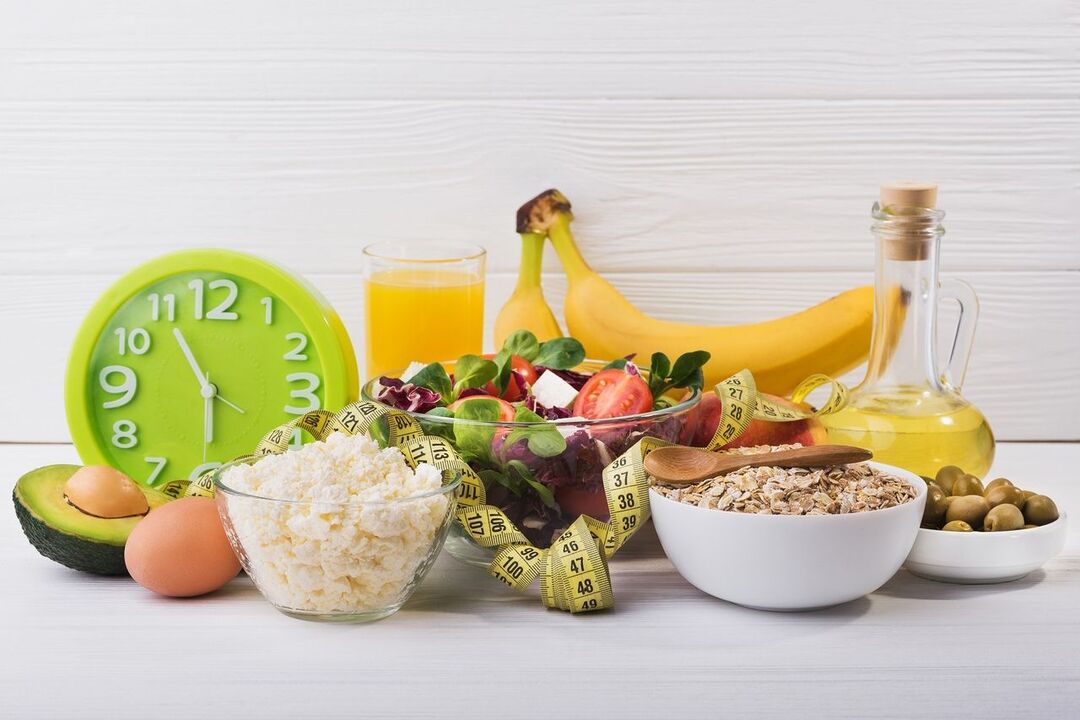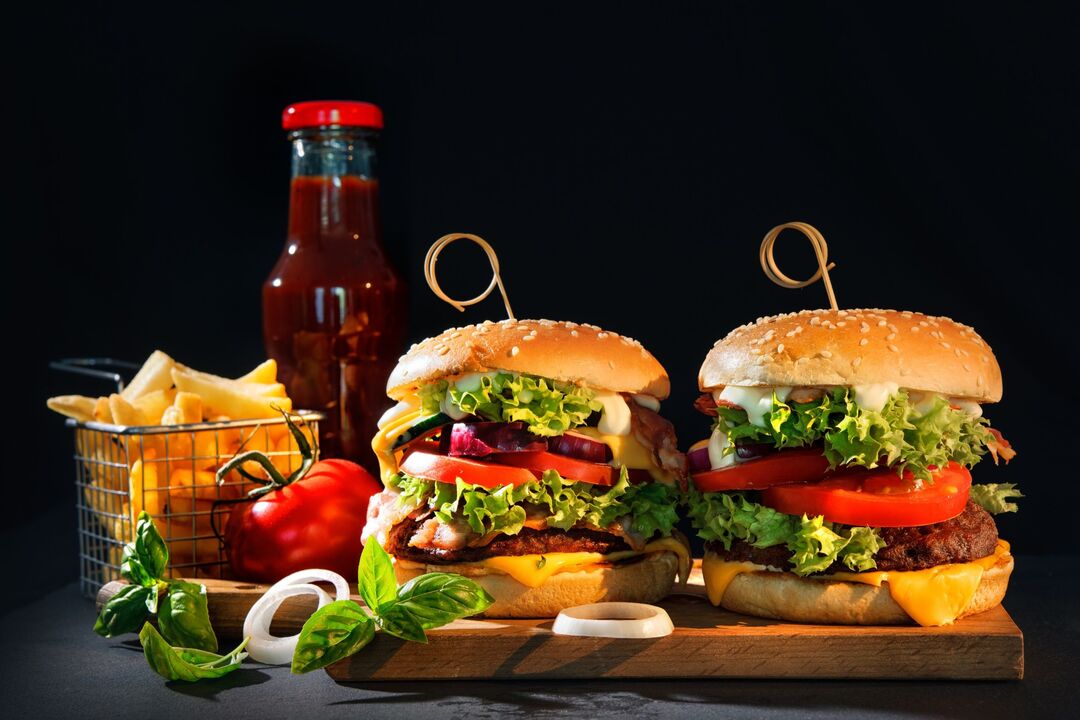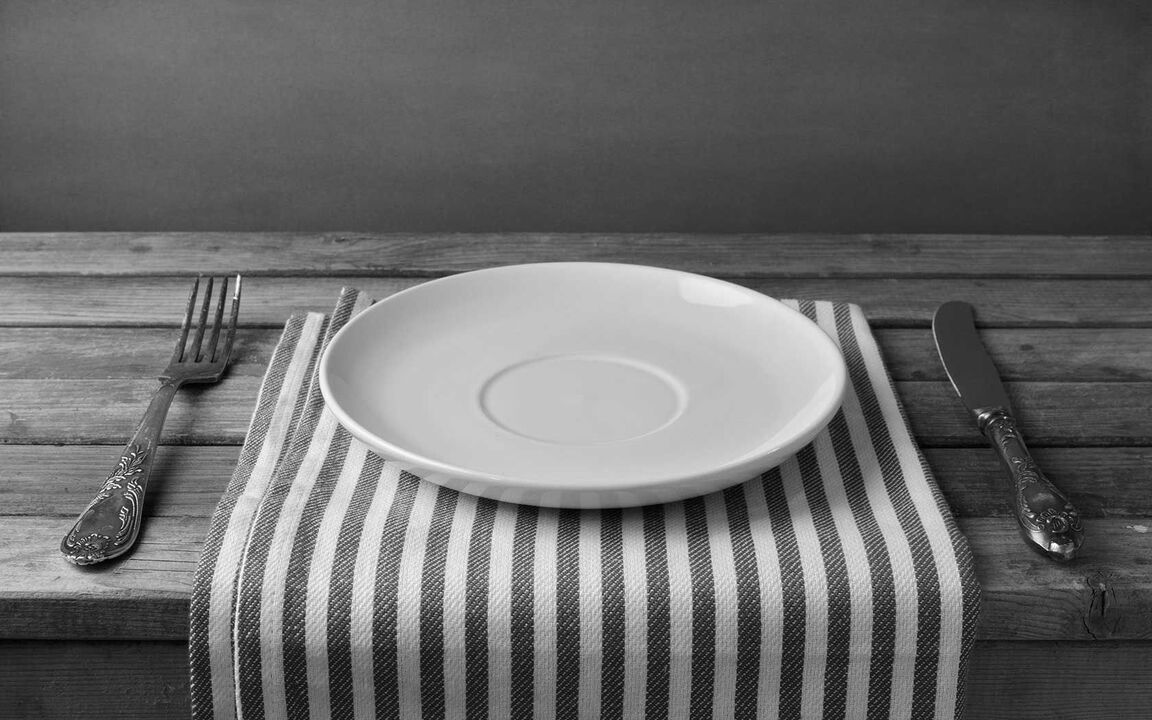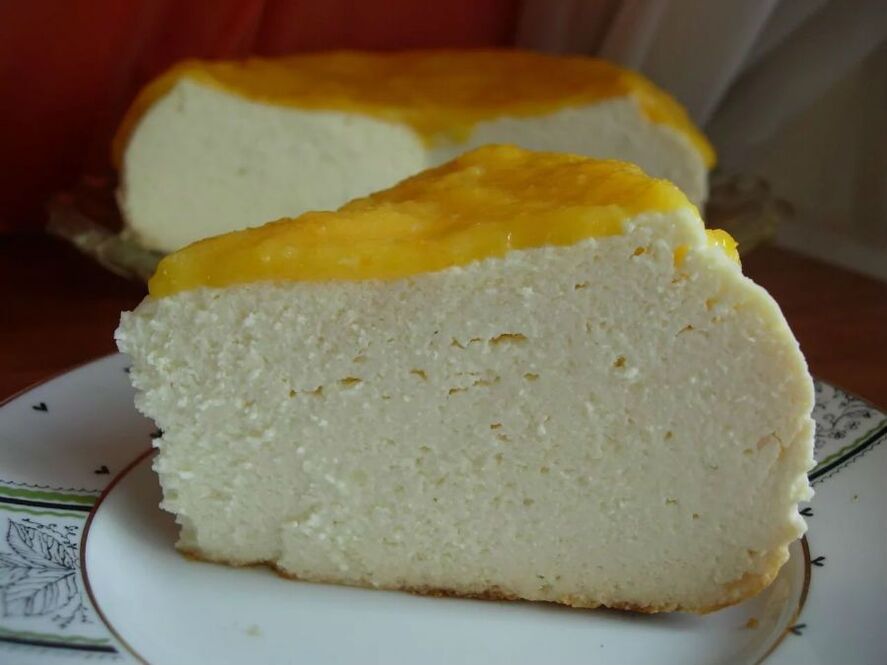
The treatment of an inflamed pancreas (pancreatitis) includes a complex treatment, which includes not only taking drugs that relieve spasms in the pores of the organs and normalizing the digestive processes, but also a diet. Compliance with this is very important, as the development of pancreatitis in 90% of cases occurs precisely due to malnutrition and alcohol abuse. In other words, a diet with inflammation of the pancreas helps to eliminate the very factor that caused the dysfunction of this organ. And if not eliminated, no medication will help prevent further progression of the disease.
General information
Before we talk about how to eat with pancreatitis, we must say a few words about the disease itself and the mechanism of its development. As mentioned at the beginning, the main cause of its development is unhealthy diet and alcohol abuse. These are the factors that negatively affect the condition of the pancreas, exerting a heavy load on it and stimulating the production of digestive enzymes.
If a person constantly eats "heavy" foods, sooner or later the pancreas begins to "get tired", which leads to damage to his cells and a decrease in the synthesis of digestive enzymes. This, in turn, causes digestive disorders and an even greater increase in the load on the organ. As a result, acute inflammatory processes develop in the pancreas, which cause spasms in the pores, through which the outflow of digestive enzymes into the duodenum occurs. As a result, they accumulate in the gland and begin to digest its own cells, thus causing a severe attack of pain and necrosis (tissue death).
Thus, the development of acute pancreatitis occurs. And if treated incorrectly, the inflammatory processes take a chronic form and it becomes impossible to eliminate them only later. The peculiarity of chronic pancreatitis is that it tends to worsen periodically, causing the same clinical picture that appears in acute inflammation. Only in this case, the self-digestion processes are activated in the pancreas each time, as soon as an exacerbation occurs, which sooner or later leads to complete dysfunction of the gland.

Proper nutrition for inflammation of the pancreas avoids frequent exacerbations and prevents the progression of the disease. As in this case, the diet completely excludes foods from the patient's diet, which exert a strong load on the gland, which allows him to stay calm for a long time.
Do not forget that the functionality of the gallbladder and liver depends on the work of the pancreas, causing the development of hepatitis, which significantly complicates the healing process. And if you start developing pancreatitis, a person has serious health problems, which further aggravate his well-being.
Therefore, when the first signs of the development of this disease appear, doctors should perform a complete examination, which allows them to adequately assess the work of the liver and pancreas, as well as other organs that make up the gastrointestinal tract. Since if their functionality is reduced, the patient needs additional treatment, which helps to restore his work.
Acute inflammation and chronic exacerbation: diet
The symptoms of pancreatitis are severe. First of all, a person has an acute attack of pain, which can be located in both the right and left hypochondrium, depending on the part of the organ that has become inflamed. In this case, the painful syndrome always has the nature of shingles. It covers not only the subchondral area, but also practically the entire abdominal cavity and can radiate to the shoulders, lower back and chest. The pain simply binds the patient and every movement becomes the cause of his further intensity.
When the pancreas is inflamed, the general clinical picture can be completed:
- increase in temperature;
- nausea and vomiting?
- diarrhea;
- chills;
- weakness;
- skin whitening etc.
In case of acute pancreatitis and exacerbation of a chronic patient, it is necessary to be hospitalized immediately, as only specialized medical care will prevent self-digestion procedures in the pancreas and stop the pain syndrome. In this case only drug therapy is used, while all drugs are administered either intravenously or intramuscularly.
Diet also plays an important role in the treatment of acute or worsening chronic inflammation. And speaking of what you can eat in this case, the answer is simple - nothing. For several days, the patient will need to starve, as only then can he reduce the secretion of digestive enzymes and reduce inflammation.

The only thing that is allowed in case of acute attack is to drink mineral water in very small quantities and at regular intervals. For the first time, the patient is allowed to eat only when the doctors manage to stop the attack completely. As a rule, this happens for 2-3 days.
In this case, all dishes should be served only hot and mashed. During this period, the use of:
- mashed potatoes cooked in water without the use of milk and butter.
- porridge in water;
- gel?
- compotes;
- crackers.
The patient should follow such a diet for about 2-3 weeks. And only after all the signs of acute inflammation of the pancreas disappear, they are added to the diet:
- low fat fish and meat.
- fermented milk and milk products;
- milk soups and cereals;
- vegetable and fruit juices;
- dry bread.

It is necessary to switch to the "normal" diet gradually and only after 8-10 weeks after the inflammation. In this case, it is necessary to observe certain restrictions and rules that will prevent a recurrence of an attack. And what kind of diet is prescribed for patients with pancreatitis, you will learn now.
Diet after stopping an attack
Thus, it has already been said above which diet is prescribed for inflammation of the pancreas. But what to do next, when the attack has already been arrested and the patient's condition returns to normal? Since the cells of the pancreas do not have the property of self-healing, in order to prevent their further destruction and damage to the function of the organ, the patient should follow a diet that has its own characteristics:
- food should be served hot (hot and cold dishes irritate the pancreas and can cause a pain attack).
- all meals must be steamed or cooked.
- portions should be small (this will reduce the load on the pancreas).
- should eat 5-6 times a day, the last meal should be no later than 2 hours before bedtime (with pancreatitis, it is forbidden to eat at night).
There are some foods that should not be consumed with this disease. These include:
- all fatty fish and meat;
- fried and fatty foods;
- Salo;
- smoked meats;
- fresh pastries;
- fresh pastries;
- fermented dairy and dairy products with high fat content (over 1, 5%).
- sausages;
- semi-finished products;
- canned food?
- hot spices and sauces;
- carbonated and alcoholic beverages.

When talking about the diet you should follow with pancreatitis, you should pay special attention to the use of alcohol. Some people who suffer from this condition believe that if you drink 50-100 ml of alcohol a week, there will be nothing wrong with it, as such doses of alcohol are even considered beneficial for the body. In normal cases, this is true, but not with pancreatitis.
Alcoholic beverages contain ethyl alcohol, which has a detrimental effect on the body's cells and also increases appetite, causing a person to inadvertently start eating much more. And this leads to an increase in the load on the pancreas and increases the risk of pain. Therefore, people diagnosed with pancreatitis are strictly forbidden to consume alcohol, even in small quantities.
As for the allowed products, these include:
- lean meats - turkey, chicken, rabbit, beef.
- lean fish;
- buckwheat, rice, semolina, pasta, lentils;
- vegetables and fruits?
- juices (only not packaged);
- eggs;
- Dried pastries.
- cookies without cream and chocolate filling.
- milk, cheese, cottage cheese;
- kefir, fermented boiled milk.
All of these foods can easily create a diet menu for an entire week. In addition, every day will vary. For example, meat can be easily cooked in pasta, cutlets, meatballs, etc. From cottage cheese - pots and cheese cakes. Vegetables can be used for both side dishes and salads. The main thing is to activate your imagination.
But we must not forget that, while following a diet, it is also necessary to take medication that has been prescribed by a doctor. They will help improve digestion and prevent the disease from getting worse.
Diet recipes
On the Internet you can find a huge number of recipes for diet dishes that are allowed to be consumed with pancreatitis. They will help you easily create a draft menu for the week. For example, a recipe for making curd pudding is very popular, which can be used for both breakfast and afternoon snacks. To prepare it you will need the following ingredients:
- non-fat cottage cheese - 350 g.
- chicken eggs - 4 pcs. ;
- low-fat sour cream - 80 g.
- granulated sugar - 100 g;
- starch - 1 tbsp;
- semolina - 1 tbsp
To prepare the curd, you must first beat the curd well with a blender or mixer to make a homogeneous air mass. Next, you need to add the chicken egg yolks to it (the egg whites need to be refrigerated for a while) and mix everything well again. Then add sour cream, semolina and starch to the resulting mass and beat everything well with a mixer again.

After that, you have to take the proteins out of the fridge, beat them until a peak is formed, gradually adding sugar to them. Next, you need to combine the proteins with the curd mass, mixing them gently with a spoon, but not with a mixer.
Once the curd is well cooked (it must be wet), it must be poured into a pan covered with parchment. The top of the form should be covered with foil and then placed in a preheated oven at 180 degrees for 30 minutes. After this time, you should remove the foil and the pudding should continue to bake for about 15-20 minutes. Once it is ready, the oven should be turned off, but the door should not be opened immediately, as the pudding may settle. It should give 20-30 minutes to cool a bit and then it can be served.
There is another recipe for cooking a dish that can be eaten with pancreatitis. And this is a soup of chicken and cauliflower puree. To prepare it you will need:
- water - 2 l;
- potatoes - 2 pcs. ;
- cauliflower - 5-7 inflorescences.
- carrots - 1 pc. ;
- chicken breast - 300-350 g.
Pour chicken breast with 1 liter of water and boil on low heat. It should boil for 20 minutes after boiling, after which the water should drain and the breast should be refilled with water and cooked until fully cooked. Next, you need to drain the broth again, take the breast, cool it and move it several times through a meat grinder.
After that, you need to prepare the carrots and potatoes by peeling them, rinsing them with running water and cutting them into cubes. Vegetables should be poured with water and set on fire. Cook for 10 minutes after boiling, then add cauliflower to them and, without reducing the heat, continue cooking for about 7-10 minutes.

When all the vegetables are ready, they must be removed from the resulting vegetable broth, chopped with a blender or rubbed through a sieve and then mixed again with the broth, only this time we put the minced chicken in it. . If the pancreatitis is in a state of constant remission, the prepared soup can be lightly salted and fresh herbs added.
There are many recipes for preparing diet dishes. The main thing is not to get confused in this variety and use only those that include products that are allowed for pancreatitis. And the doctor should tell them in more detail.






























